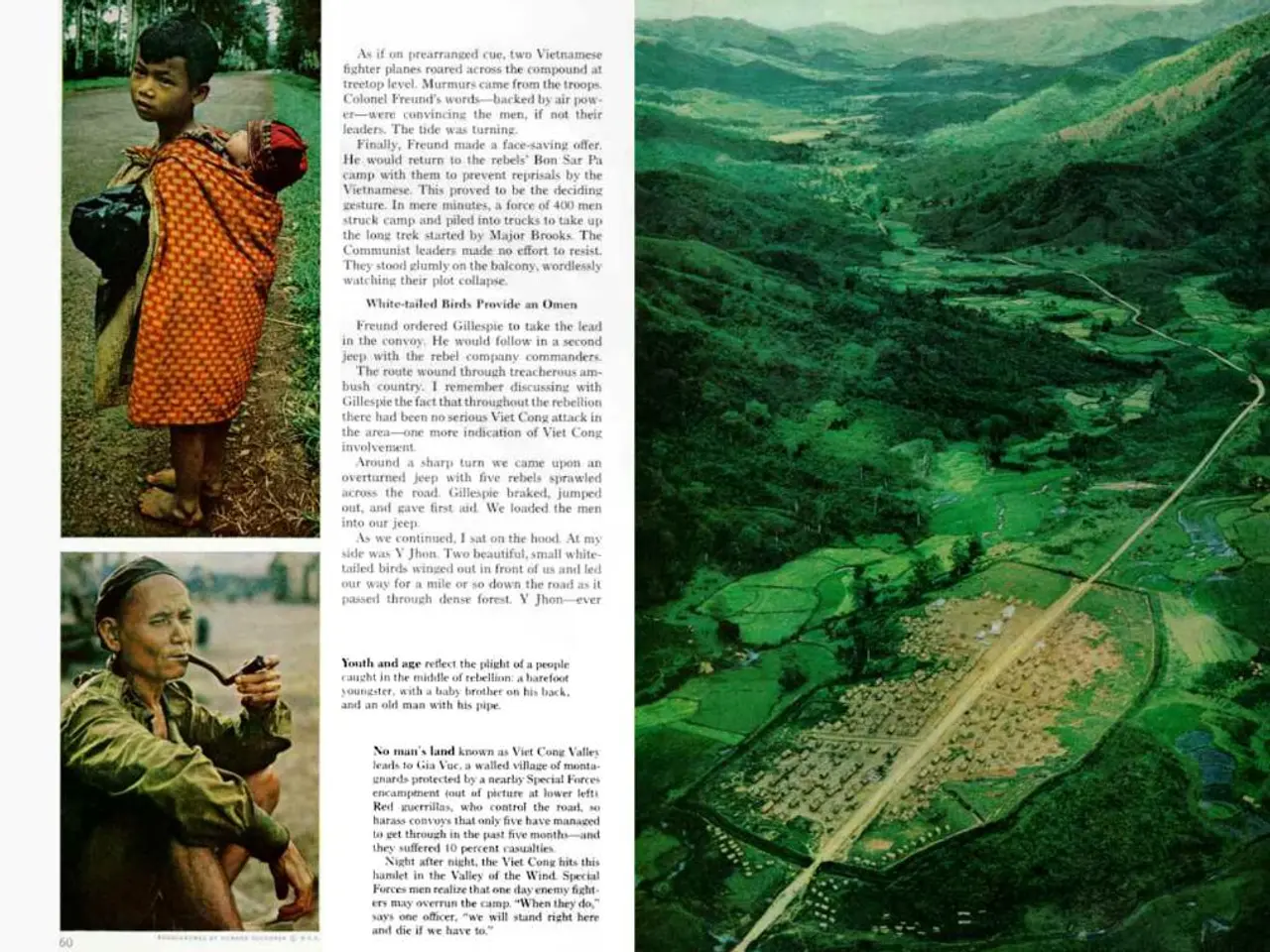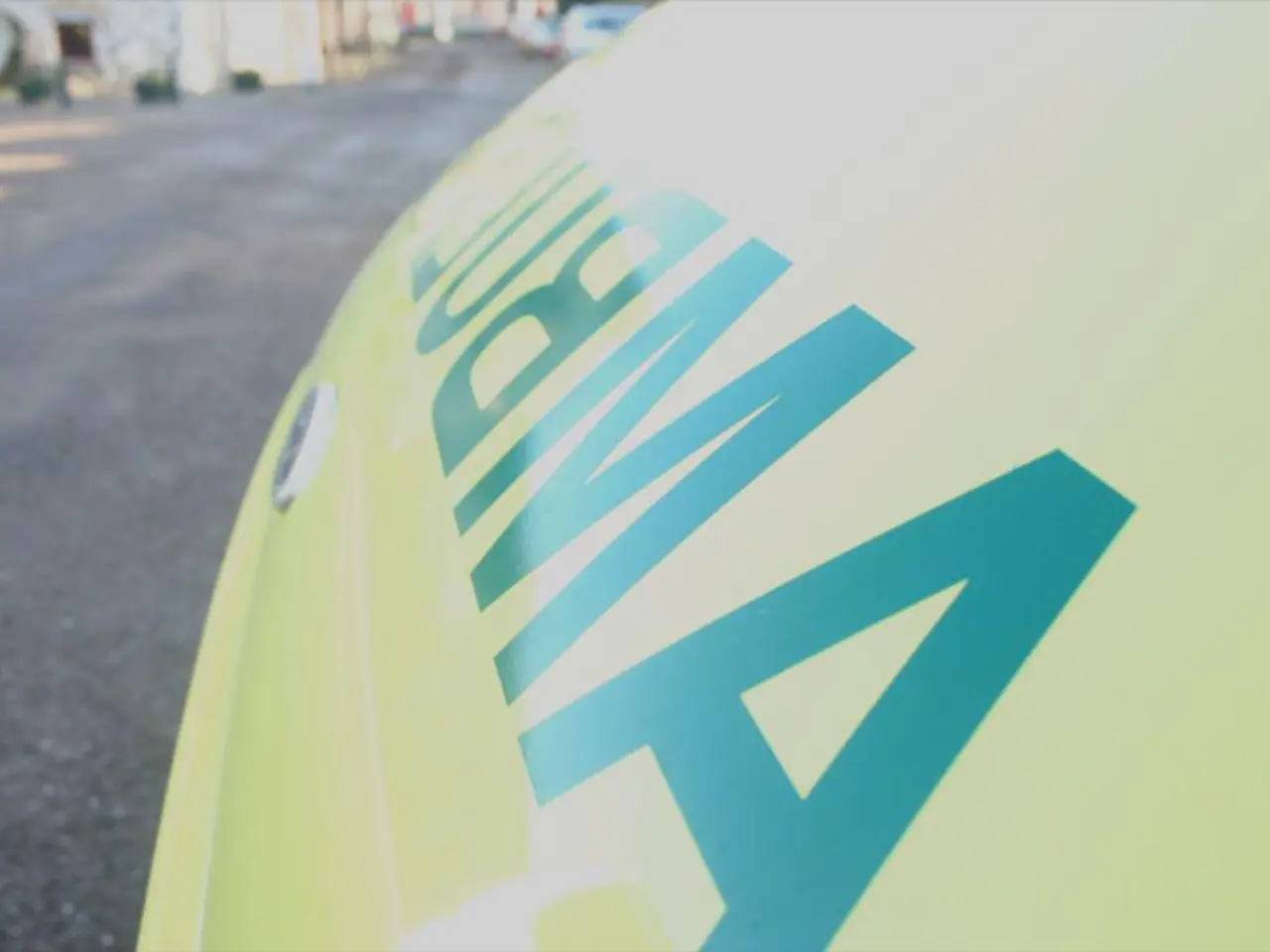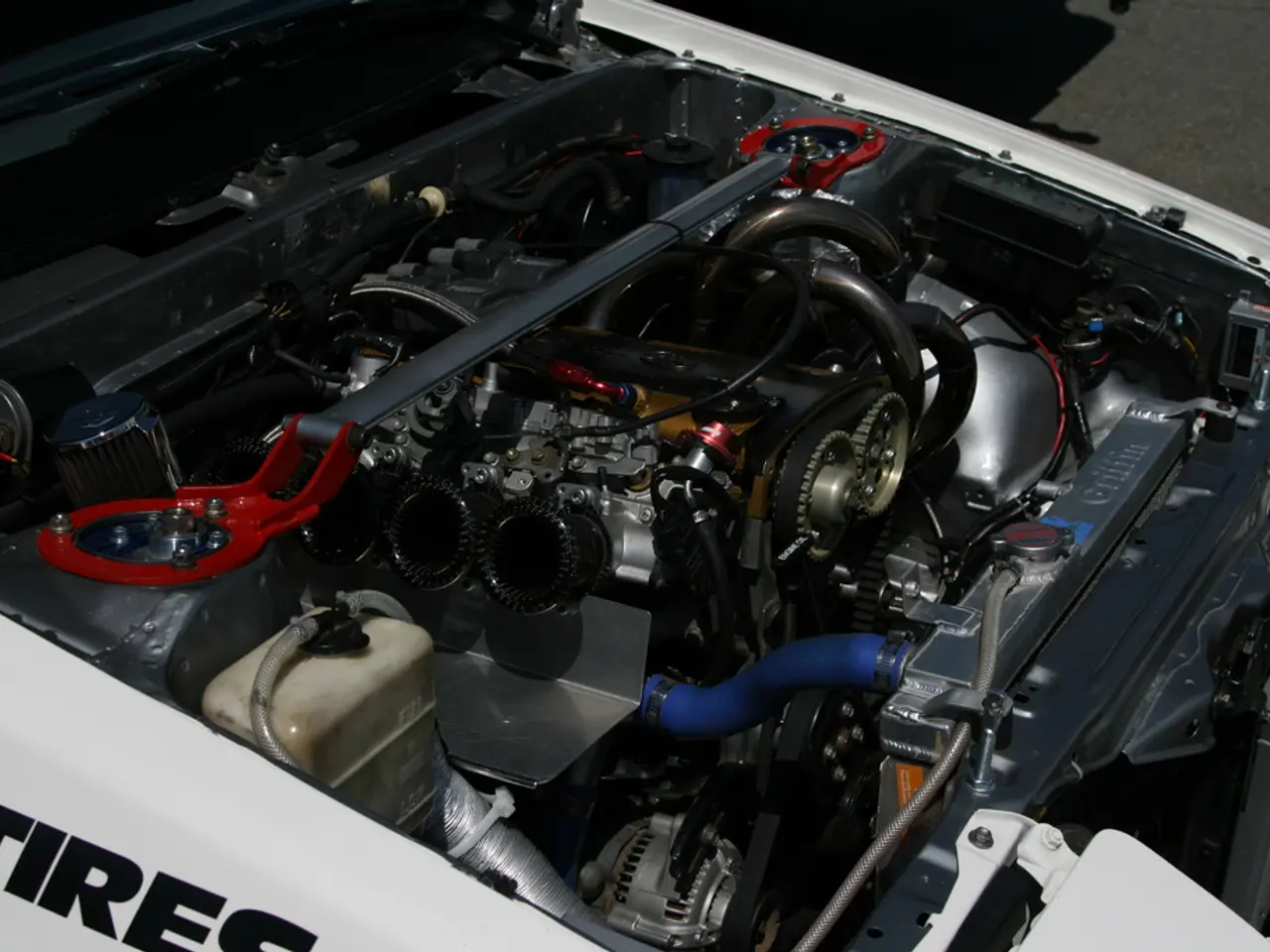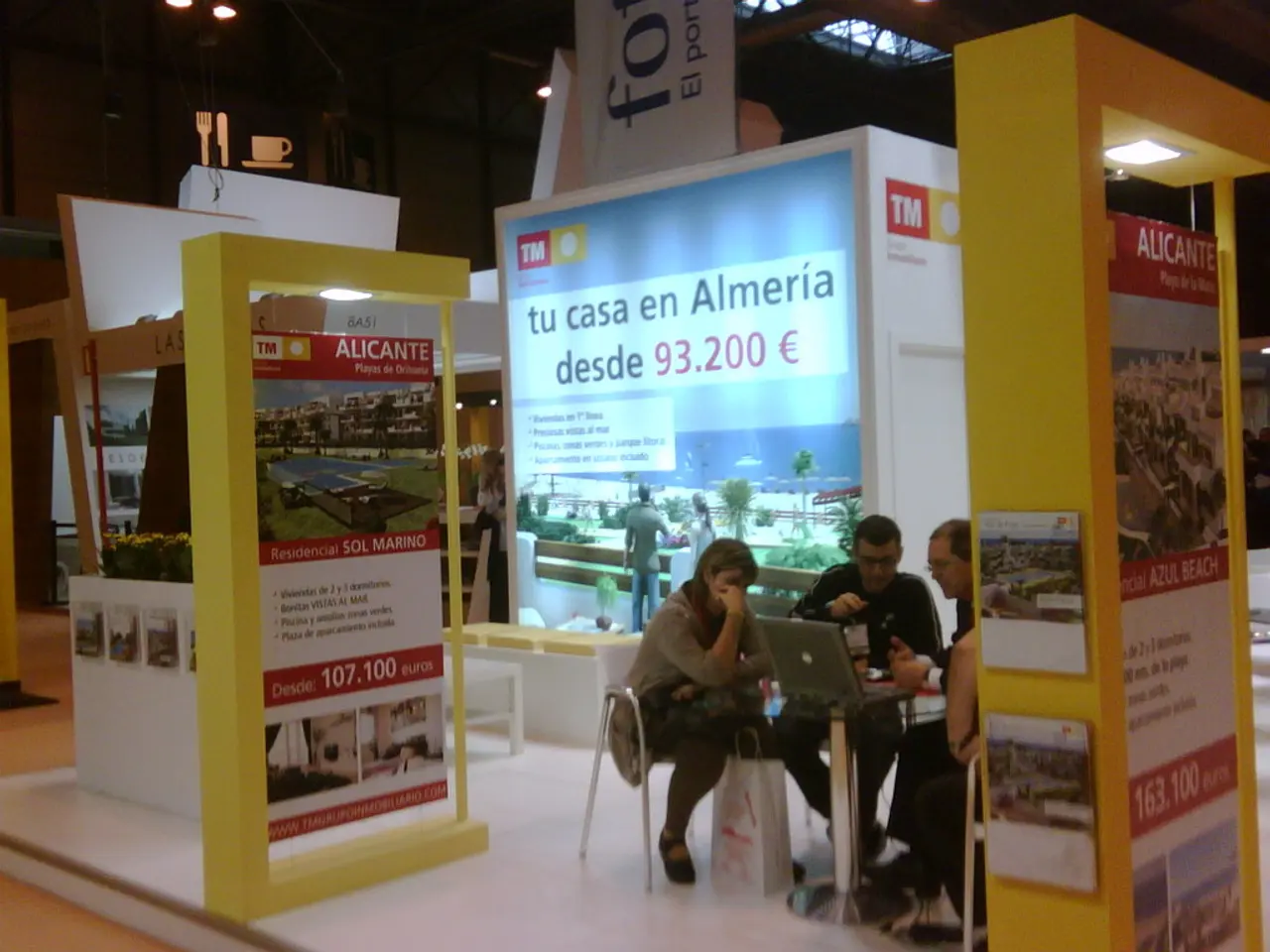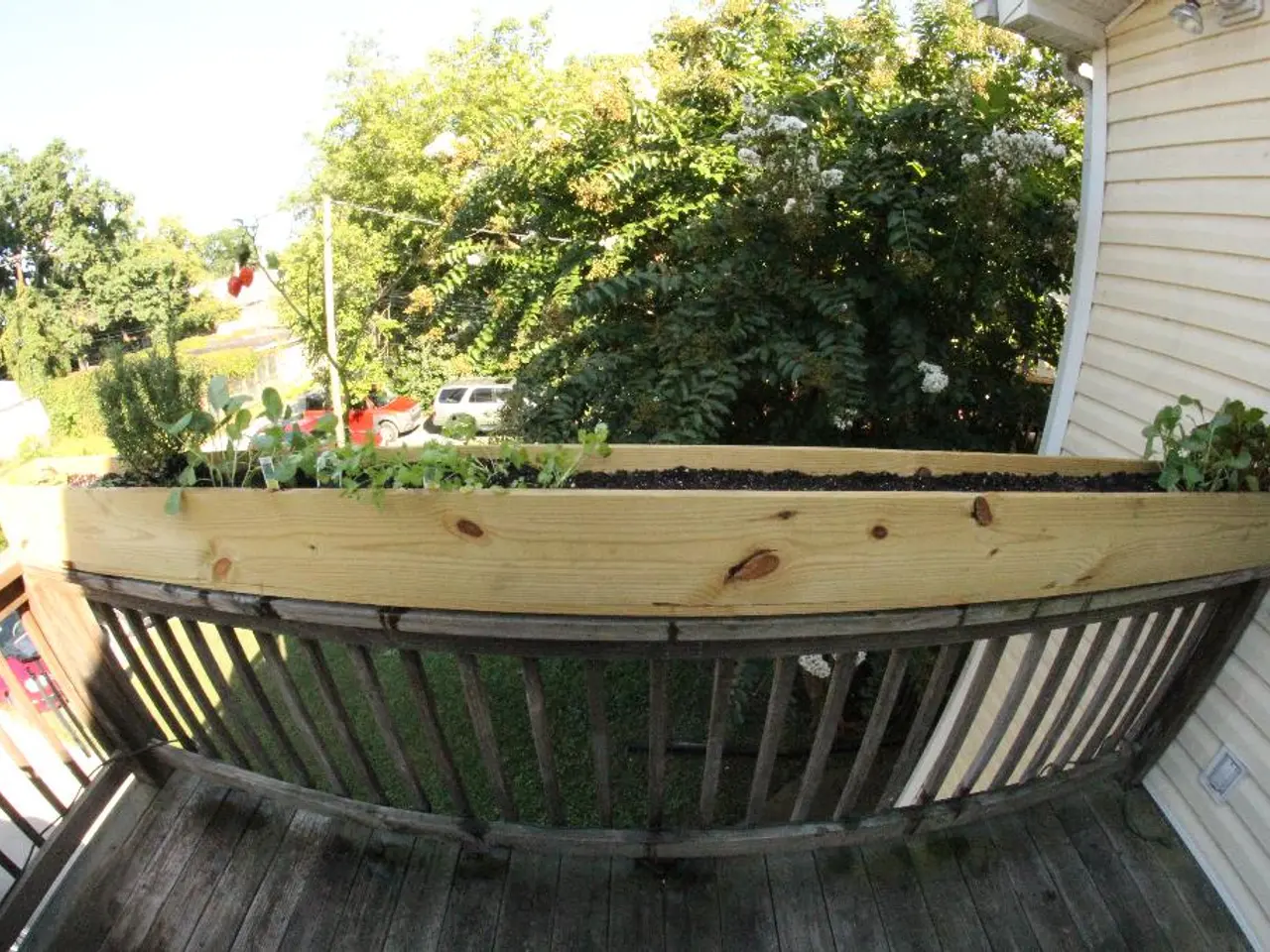Linking the Divide: Exploring OpenAI's DALL·E and CLIP, Techniques Enabling AI to Perceive the World as Humans Do
In a groundbreaking development, OpenAI, a leading AI research laboratory, has introduced two innovative models: DALL·E and CLIP. These AI models are set to revolutionise the way we communicate with and perceive artificial intelligence.
DALL·E is an AI model that generates images from textual descriptions. It demonstrates a remarkable ability to combine seemingly unrelated concepts, showcasing a nascent form of AI creativity. For instance, when given the text "a surrealist painting of a robot playing a violin under the Northern Lights," DALL·E produces a visually stunning image that beautifully encapsulates the given description.
On the other hand, CLIP is an AI model that learns to recognise images through a novel approach called "contrastive learning." It encodes images and text into a common embedding space. This enables it to understand images via the semantic information in their captions, allowing flexible image classification and retrieval without task-specific training.
Through this contrastive framework, CLIP does not learn to generate captions but rather to judge how well a text matches an image. This key difference allows the model to perform zero-shot learning: it can correctly classify or identify concepts in images even for classes on which it was never explicitly trained by comparing the image embedding to text embeddings of potential labels or descriptions.
CLIP acts as a discerning curator, evaluating and ranking the images generated by DALL·E based on their relevance to the given caption. This collaboration results in a powerful feedback loop, refining DALL·E's understanding of the relationship between language and imagery.
However, addressing biases and ethical considerations will be crucial as AI models like DALL·E and CLIP are susceptible to inheriting biases present in the data. Researchers are actively working to improve AI's ability to generalize knowledge and avoid simply memorising patterns from the training data.
The development of DALL·E and CLIP marks a significant step towards creating AI that can perceive and understand the world in a way that's closer to human cognition. In the future, robots could navigate complex environments and interact with objects more effectively by leveraging both visual and linguistic information. AI-powered tools could potentially create custom visuals for websites, presentations, or even artwork, all based on simple text descriptions.
As AI continues to evolve, the Turing Test could be reconsidered, blurring the lines between human and machine understanding. The future of AI communication and creativity is undeniably exciting, and with advancements like DALL·E and CLIP, we are one step closer to achieving a more human-like AI.
[1] Radford, A., Luo, T., Alec Radford, I., Ramesh, R., Nichol, A., Hariharan, B., ... & Sutskever, I. (2021). Learning to generate high-resolution images from unconditional noise using style-based generative adversarial networks. arXiv preprint arXiv:1511.06434.
[2] Ramesh, R., Hariharan, B., Narasimhan, M., Koh, P., Luo, T., Chen, X., ... & Sutskever, I. (2021). Zero-shot image translation with few-shot adaptation. arXiv preprint arXiv:2109.05766.
[3] Devlin, J., Chang, M. W., Lee, K., Toutanova, K., & Clark, M. (2018). Bert: Pre-training of deep bidirectional transformers for language understanding. arXiv preprint arXiv:1810.04805.
[4] Chen, Y., Zhu, M., Koltun, V., & Torresani, L. (2017). Synthesizing realistic images using a large latent code space. arXiv preprint arXiv:1705.08453.
Technology and artificial intelligence are poised to play significant roles in shaping the future, as demonstrated by OpenAI's innovative AI models, DALL·E and CLIP. DALL·E, capable of generating images from textual descriptions, showcases artificial-intelligence creativity, while CLIP, through contrastive learning, evaluates and ranks the images generated by DALL·E based on their relevance to given captions, aiding in refining and improving AI's understanding of the relationship between language and imagery.
